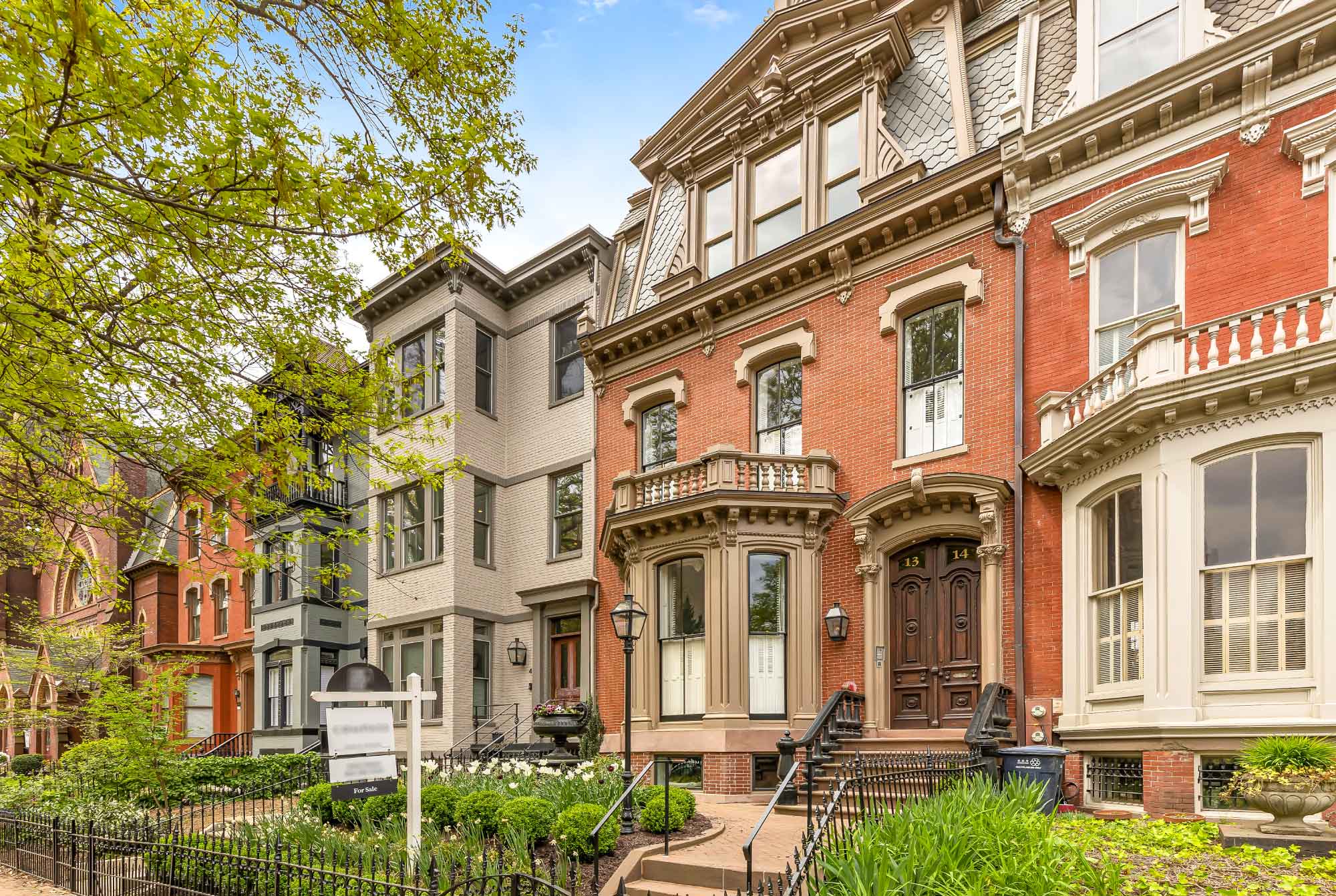How To Make Green Living Luxurious
Looking to make your home eco-friendly without compromising on luxury? We’ve got some news: These days, the top features in sustainable living are as chic as they are green.
Whether you’re simply looking to stay up-to-date on the latest trends or actually planning to curate an environmentally-conscious abode, keep reading to learn how homeowners everywhere are making green living luxurious today!
#1 Using Sustainable and Locally Sourced Materials: Back in the day, before international shipping became commonplace, “locally sourced” was the go-to method for builders everywhere. Then, they chose from stone, wood, thatch, or local clay — depending on which resources were abundant in a particular region. Now, architects and contractors are once again seeking local solutions to new design challenges that aim to reduce the carbon footprint of today’s construction practices.
Craving more design inspo? Delve into the top design trends to look out for in the new year.
#2 Incorporating LED Lighting: Upon its inception, electricity drastically transformed the look and feel of interiors, replacing the glow of candlelight with the bright on-demand illumination of incandescent bulbs. Lighting is undergoing a radical change once again, thanks to advances in LED technology. LED bulbs are vastly more energy efficient than the filament bulbs of the 20th century, which means the carbon footprint of a home can be greatly reduced without switching off the lights!
3 Becoming LEED Certified: In recent years, LEED certification has become a byword for eco-friendly construction practices. LEED (Leadership in Energy and Environmental Design) is a green building certification program from the US Green Building Council that recognizes a project’s efficiency standards. According to the council, more than 430,000 homes around the world are LEED-certified, with the United States leading the pack.
➤ Curious about home decor and design? Read these posts next:
#4 Growing A Garden: Tending a garden is a proven way to clear the mind and enjoy some fresh air & sunshine. There’s even an added benefit, too: You can eat your work, and support sustainable living while doing it! Vegetable gardens, in fact, are as good for the planet as they are for the gardener — and the dining room table. With the increasing interest in organic produce, home vegetable gardens have become a staple of luxury estates, where a scaled-down version of the “farm-to-table” concept takes center stage. With enough space at their disposal, an avid gardener can tend a grove of citrus or even produce wine from a small vineyard. Like vegetable gardens, orchards surround a home with fresh air and greenery, offer natural shade, and sweeten the air with the subtle fragrances of fruit and flowers.
#5 Installing A Green Wall: Green roofs are aesthetically pleasing and environmentally friendly. Not to mention that using vegetation in place of conventional roofing materials reduces air pollution, absorbs stormwater runoff, lowers energy costs, and even extends the life of the roof’s supporting structure. The earliest “green roof” on the books might have been the famous Hanging Gardens of Babylon, but it wasn’t until the early 1970s that technology caught up with aesthetics and green roofs became a viable design option. Today, green roofs are so practical and effective that mainstream, design-focused authorities like HGTV are offering primers on how to install your own. Ever since, luxury homes have been incorporating green roofs and balconies to strike the ultimate blend of efficient, natural cooling and landscaped, aesthetic beauty.
#6 Implementing Solar Panels: Using the inexhaustible energy of the sun, solar rooftop panels can provide a lightweight, long-term, cost-effective way to boost the passive energy of a home. Ever on-trend, solar panels can also be an attractive and artistic addition, whether the home is brand new or centuries old.
Thinking about a move in the future? Whether buying or selling, we can help. Contact us directly by calling 202.280.2060 or email js****@*******ra.com today.
Put Us To Work For You
Book a consultation with our team today.
